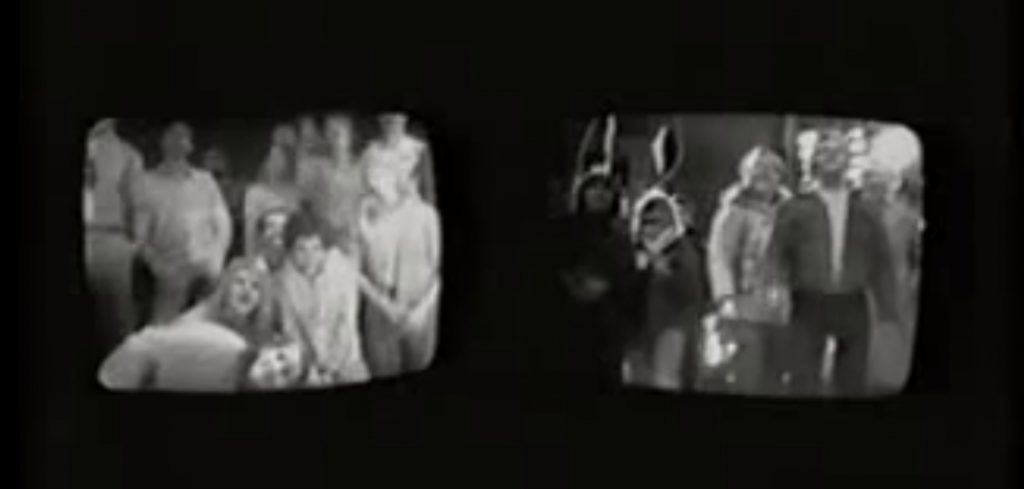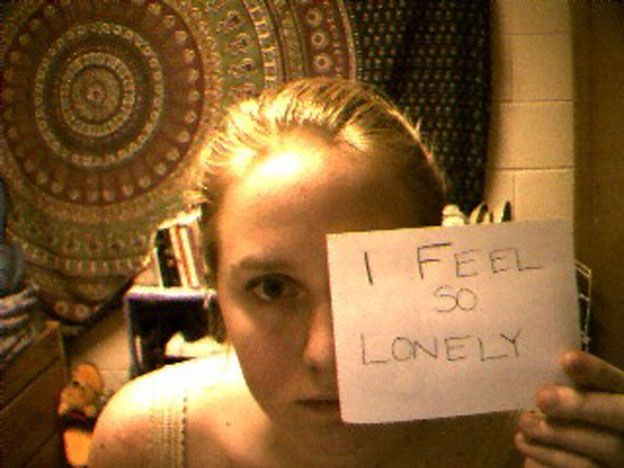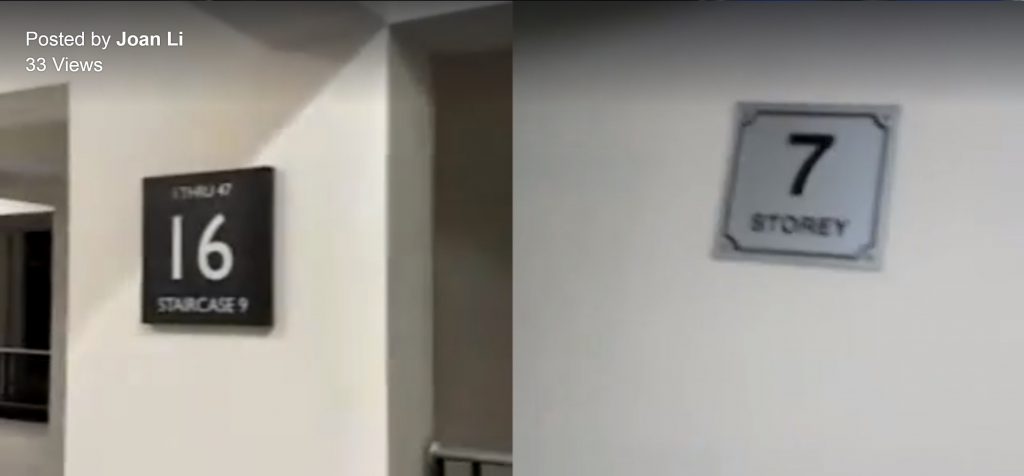By Hannah Kwah & Joan Li
1. Initial Ideas + Sketches
Our initial ideas include different version of an interactive umbrella, but with different functions, sensing and feedback:
– An umbrella with pressure pads on the top, to sense the intensity of rain. The heavier the rain, the higher the pressure measured.
– A spinning umbrella with servo motors at the handle, to serve as a fast drying mechanism after walking in the rain.
– A ‘night light’ umbrella with photoresistors installed, becomes brighter when it gets dark at night. In the event of lightning, the umbrella LED would correspond and imitate its brightness.
– A weather forecast umbrella that alerts users of the chances of rain, and whether they should carry the umbrella out for the day.
– An umbrella that alerts users if it is misplaced or forgotten.
– An umbrella with microphones attached, and responds by expanding if volume detected in generally loud, for example: during heavy rain, thunder or at crowded places.
– An expandable umbrella that is triggered with tighter grip around the handle, to cover a larger surface area during heavy rain.
2. Chosen Idea

An expandable cloud shaped umbrella, with LCD display and colour changing LED lights.
Sensing: Pressure of user’s grip, temperature of user’s hands, real-time weather data from website
Effecting: Expansion of umbrella and changing of colour depending on the temperature, display weather data
3. Process
Coding:
1A. Using Arduino for LED & temperature:
Our initial idea was for the LED light to change colour upon the person’s temperature based on temperature sensor. Depending on your body temperature the light changes accordingly. If the person is very warm, the light will be on the warmer tone and if the person is very cold, the light will be on the cooler tone.The problem we faced was whenever the LED was plug in together with the temperature sensor, the temperature sensor’s numbers would fluctuate from a negative to positive range. Not only that, the numbers will jump randomly even though we are not touching it. We had an idea of separating the temperature sensor with the LED but it would not make sense as they needed to work concurrently.1B. Using Arduino for LED & knob:
After much struggling with the temperature sensor, we decided to use the knob instead. It also worked in the same manner as the temperature sensor where the LED changes colour too. We used arduino to read the values of the knob and determined the range we wanted to incorporate into the LED when the user turns. We planned the values and colours that we wanted to showcase.
2. Using pressure pads & servos for expansion:
We used the pressure pad to determine whether the umbrella was to expand or not. We tested out both hardware separately.Based on our knowledge of how a servo works, we tried to code it in a way which allows two servos to work simultaneously. It worked out and changed the direction of each of them according to how we wanted to expand the umbrella.Next, we attempted to use MAX for the pressure sensor. We wanted to use MAX to call Arduino as the pressure sensor controls the movement of the servo. The harder you press the umbrella will expand. The patch worked as the sensor was able to determine whether the user presses it or not.We were facing the problem of trying to read the values of Arduino to MAX as both of them works perfectly individually but when combined together it does not work. We tried to solve the problem by replacing the pressure sensor with a knob to check if there was anything wrong in either end. We scraped the idea of the use of MAX and used Arduino directly through the use of wires. The knob worked perfectly and the servos expanded and retracted accordingly. We switched the knob for the pressure pad and it worked perfectly.
3. Getting weather data from the Internet:
For this, we needed an Arduino Yun shield for Wifi access, and a website called Temboo to retrieve weather data from Yahoo!. Instead of using an Arduino Yun shield, we bought a Dragino Yun shield instead, which provides the same function.
We managed to connect the Wifi from the Yun shield, but it was very unstable and we could not configure it completely. Even though the code worked, we couldn’t get the shield to function properly and therefore was getting distorted values.
Also, we realised that the weather data from Yahoo! was inaccurate, as their data sometimes did not match the current weather conditions.
Nevertheless, we decided to print the weather conditions on the LCD, along with the current temperature, humidity and chance of precipitation. We feel that a weather update display on an umbrella would be convenient for users to gauge the weather for the day, to plan their activities ahead of time, and to decide whether to bring an umbrella out or not.
Prototyping:
For our cloud shaped umbrella, we decided to use metal wires to construct its 3D frame. The wires we used for our first prototype was too thin and flimsy, and the structure was not sturdy at all. Hence, we decided to use a much thicker wire, but lessen the number of wires used to construct the frame to minimize the overall weight. We also used thin threads to add support to the wires in the frame and to keep the frame from going out of shape.
One of our biggest challenges was to design the expandable mechanism, with less or mostly lightweight materials, so as to keep the umbrella handy and portable.



First prototype – Expanding mechanism made from jointed chopsticks, similar to the skeleton of regular foldable umbrellas.
This method was quite sturdy and could extend a good distance. However, we also realized that it would require quite a number of sturdy sticks to support the entire 3D structure, which would make it very heavy. We would also need extra support at the top of the umbrella to hold it together.
Second prototype – We tied several threads from the wire frame to the end of the servo motor bar, to create a “contract and release” system. It was the lightest way of suspending our expanding mechanism, although the expansion was a little angled instead of being horizontal.

4. Final Product
UFO (Universal Forecast Object) is an expandable mood umbrella, fitted with real-time temperature and weather display. Our umbrella is shaped like a cloud, and covered with waterproof nylon fabric. It changes colour based on the temperature of the user, and expands outwards based on the strength of the user’s grip around the handle.
Through this product, we hope to provide people indoors with immediate weather information based on their location, to better prepare them for their journey outdoors.
Video documentation:
Possible improvement:
– To provide stronger hold on the overall structure & wider expansion, use 4 servos instead of 2
– Lessen the overall weight of the umbrella by using slightly more lightweight materials
– Build a sturdier handle, for better grip and balance out the top-heavy umbrella
















